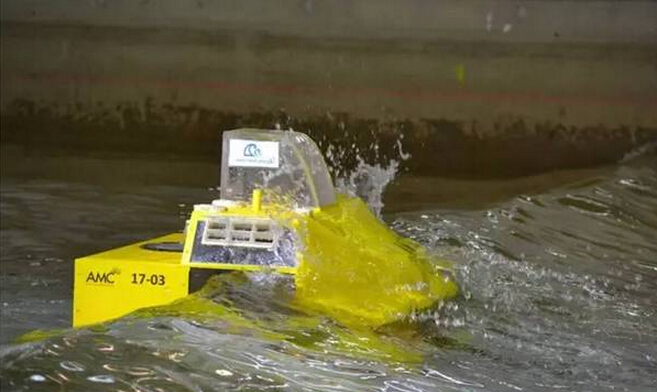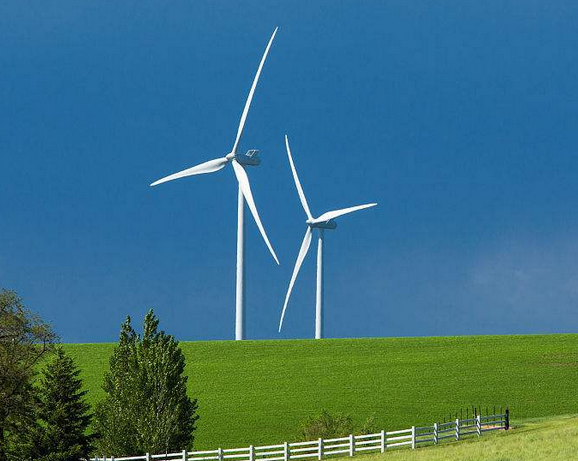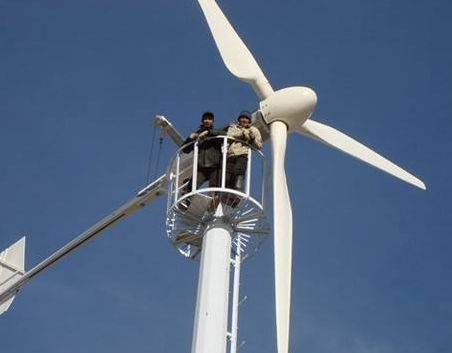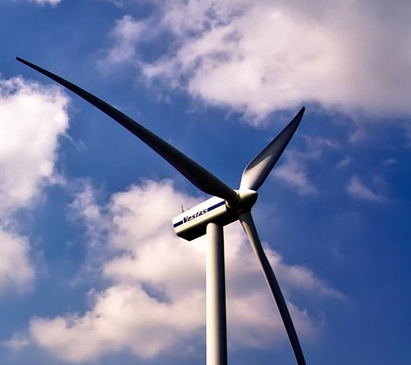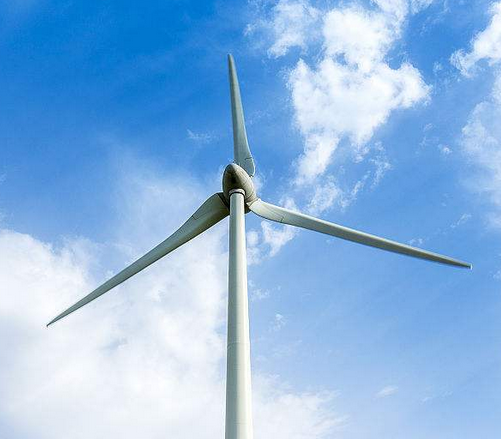As a commodity, electricity is a measure of its value, and people in all walks of life have different understandings of power quality.
What is power quality?
Power quality refers to high-quality power supply, including voltage quality, current quality, power quality and power quality. It can be defined as: the deviation of voltage, current or frequency that causes the malfunction of the electrical equipment or does not work properly, including frequency deviation, voltage deviation, voltage fluctuation and flicker, three-phase unbalance, temporary or transient overvoltage, waveform Distortion (harmonics), voltage dips, interruptions, transients, and continuity of power supply.
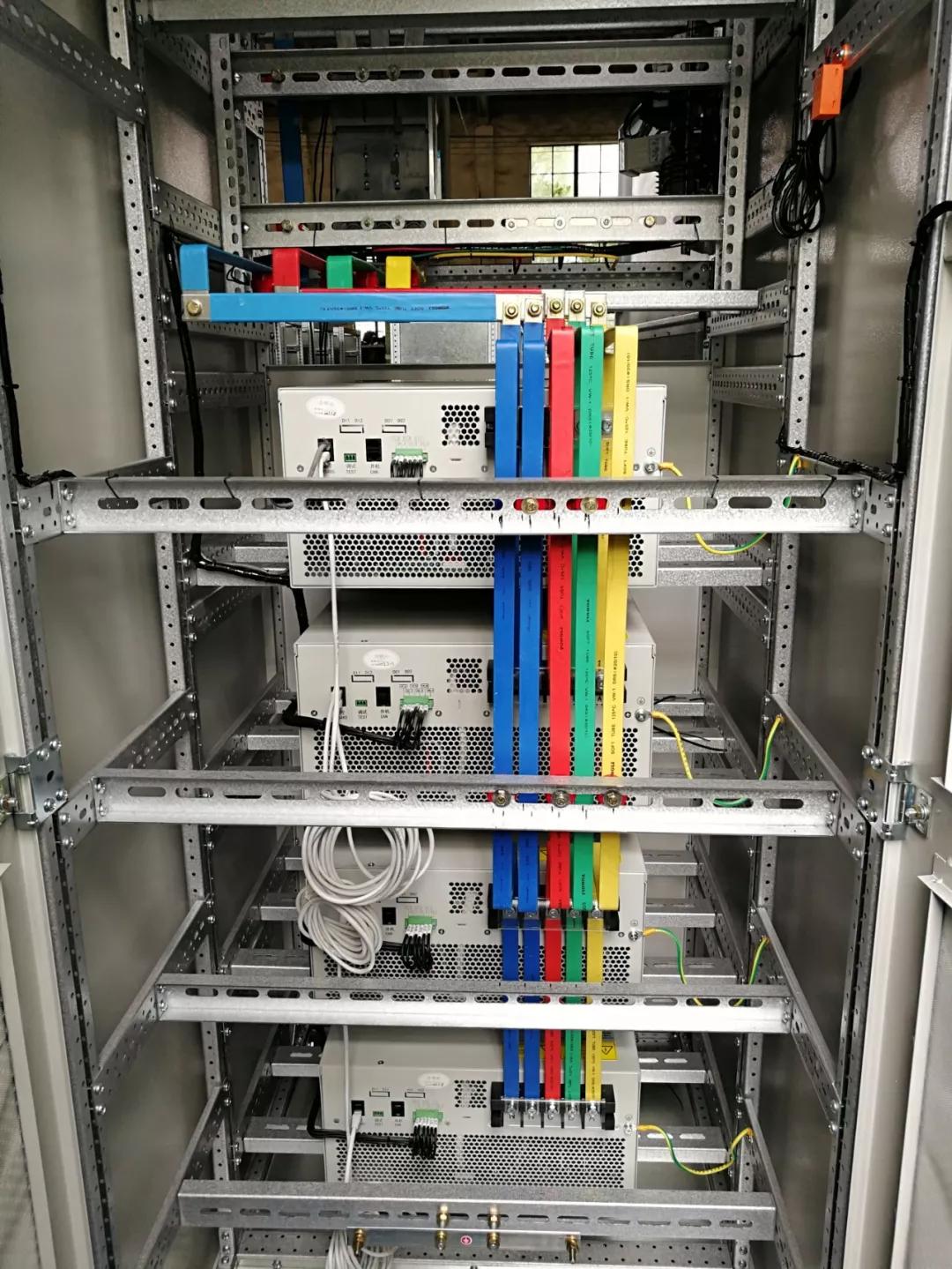
In modern power systems, voltage sag and interruption have become the most important power quality issues.
1. Voltage quality: It is the deviation between the actual voltage and the ideal voltage, reflecting the concept of whether the power supplied by the power supply enterprise to the user is qualified. This definition can cover most power quality problems, but it cannot include power quality problems caused by frequency, nor does it include the impact and pollution of power equipment on grid power quality.
2. Current quality: reflects the change of current closely related to voltage quality. In addition to the constant frequency and sinusoidal waveform requirements of the AC power supply, the power user also requires the current waveform to be in phase with the supply voltage to ensure high power factor operation.
3. Power quality: The technical meaning refers to voltage quality and power supply reliability, and non-technical meaning refers to service quality.
4. Quality of electricity: including the current quality and the rights, responsibilities and obligations of the electricity consumers in the interaction and influence of the power supply and supply, and whether the power users pay the electricity fee on time and in full.
Causes of power quality
1. Nonlinear problems in power system components
The nonlinear problems of components in the power supply system are: harmonics generated during normal operation of the generator; harmonics generated by various transformer devices in the power grid; harmonics generated by direct current transmission; amplification of harmonics by the transmission line after high voltage effect. In addition, the installation of parallel capacitors in the substation and other factors will also cause the emergence of harmonics. Among these factors, the DC transmission factor is the main factor in the generation of harmonics in the power system.
2. Nonlinear load
The proportion of non-linear loads in industrial and domestic electricity is large, which is the main source of harmonics in power systems. The main load of nonlinearity is the electric arc furnace, and the arc delay of the arc furnace and the severe nonlinearity of the arc generate harmonics.
3. Power system failure
The quality of power can also be affected by internal and external faults during the operation of the power system. For example, various natural disasters, artificial abnormal operations, various line short circuits, changes in the working state of the generator and excitation system when the power grid fails, etc. Quality has a big impact.
Method of managing power harmonics
1. Active governance: starting from the harmonic source itself, by improving the electrical equipment so that it does not produce or produce less harmonics;
2. Receiving end-to-end management: starting from equipment or systems affected by harmonics, improving their ability to resist harmonic interference;
3. Passive Governance: By installing a power filter, the harmonics generated by the harmonic source are prevented from being injected into the grid, or the harmonics of the power system are prevented from flowing to the load end.

Measures to improve power quality
1. Adjusting the load: reducing the sensitivity of the load. If the power user who requires the load power quality is particularly high, and the measures taken by the power company cannot meet the requirements in a short period of time, the power company must take necessary measures together with the power users to make The load is reduced in sensitivity and the power quality is poor.
2. Improve the grid: Power companies install the necessary equipment to suppress or eliminate power disturbances.
The common power quality adjustment device has relatively simple functions, for example, an active filter APF, a dynamic voltage restorer DVR, etc., and the device that fully realizes the power quality of the power user is a power quality regulator, and the composition thereof is mainly a capacitor to be connected in parallel. The inverter and the series inverter are coupled together.

The parallel inverter performs nonlinear load harmonic current and reactive power compensation. The PWM current control technology is used to adjust the DC voltage of the capacitor. The series inverter uses PWM voltage control technology, which mainly controls the output voltage to achieve sensitivity to suppress harmonics and reduce load. Since the power quality regulator is composed of an inverter connected in series and in parallel, it has the structural features of both, and the waveforms of current and voltage in the network can be simultaneously adjusted, and the application of the power quality regulator is greatly solved. The emergence of power quality problems in the power grid
















 RCCN WeChat QrCode
RCCN WeChat QrCode Mobile WebSite
Mobile WebSite